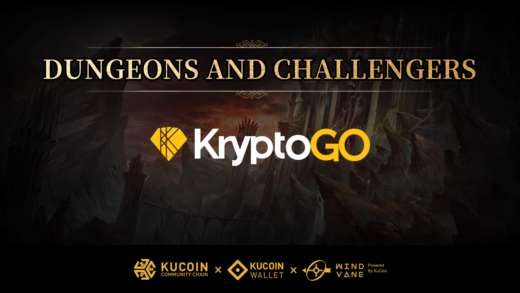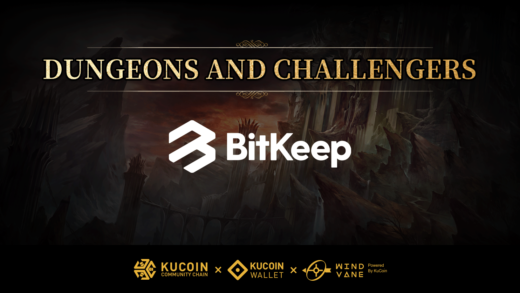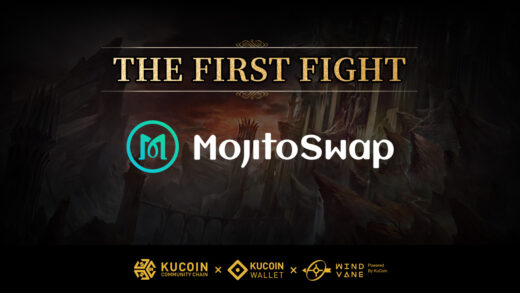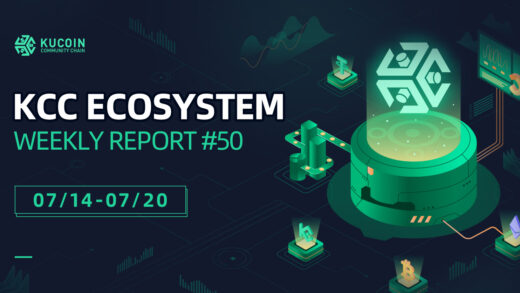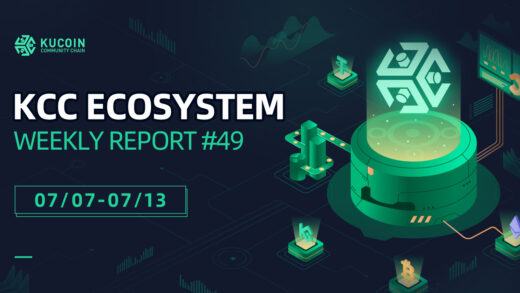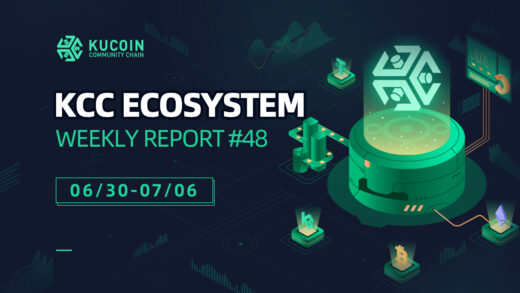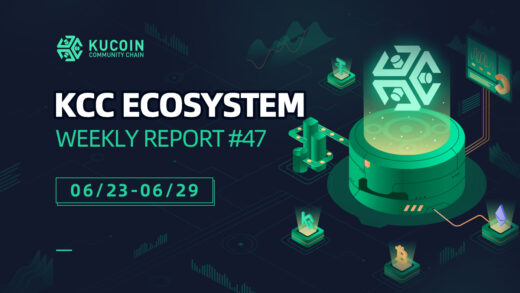Ethereum recently announced that they would shift from a Proof-of-Work consensus algorithm to a Proof-of-Stake consensus algorithm in Ethereum 2.0. They said they are taking this step to save energy and achieve efficiency. Bitcoin is still using the Proof-of-work consensus algorithm. Many people ask why these sorts of steps are essential in Blockchain evolution.
A Consensus Algorithm is a technique that allows all blockchain network peers to agree on the current state of the distributed ledger. Consensus algorithms promote dependability in the blockchain network and build confidence amongst unknown peers in a distributed computing environment.
Here are the 7 Most Popular Blockchain Consensus Algorithms:
POW (Proof-of-Work)
Proof-of-Work (PoW) is the first consensus algorithm in a blockchain network. In other blockchains, this mechanism is used to confirm transactions and produce new blocks (for example, Bitcoin and Ethereum). Miners compete with one another to complete network transactions and win PoW payouts.
This method is used to determine who will mine the next block. Bitcoin employs this PoW consensus technique. The fundamental idea behind this strategy is to solve a complex mathematical enigma and present a straightforward solution. Because this mathematical task necessitates a significant amount of computing power, the node that solves it as rapidly as possible wins the right to mine the next block.
POS (Proof-of-Stake)
Proof-of-Stake (PoS) is a consensus technique used by cryptocurrency networks. A person or group is algorithmically chosen to verify transactions using computer hardware in PoS. In blockchains that are based on PoS, the miners have to be staked or locked up several tokens in the network as collateral. Proof-of-stake has replaced proof-of-work in Ethereum, which is the biggest update in blockchain-related to PoS.
This approach does not require sophisticated computer hardware to address the challenging mathematical issue of new block construction. However, according to estimates, Ethereum’s whole blockchain technology consumes the same amount of energy as the small country of Austria in its proof-of-work algorithm. Therefore, they decided to minimize their consumption by shifting to the Proof-of-stake consensus algorithm.
POSA (Proof-of-Staked-Authority)
Proof-of-Stake-Authority resembles Proof-of-Stake. Consider it a variation on Proof-of-stake. Proof-of-Stake-Authority (POSA) is a blockchain method that provides comparably quick transactions via a consensus process based on identification as a stake. KCC uses the same consensus algorithm.
They use validators to validate their blocks and transactions. Individuals acquire the privilege of becoming validators. Therefore, there is an incentive for them to keep their status. You may also become a validator in KCC (KuCoin Community Chain) by staking KCS and voting for the master node candidates. This approach enables validators to do their tasks automatically and earn rewards at the end.
POH (Proof-of-History)
Solana is currently using Proof-of-History. A blockchain-based on Proof-of-History (PoH) protocol relies on a cryptographic method to create a reliable ordering of transactions/events recorded to the ‘ledger’ to solve the issue of time agreement, allowing the nearly instant finality of hundreds of thousands of transactions per second.
For example, Solana includes a novel Proof-of-History (PoH) timing mechanism implemented before and aids its proof-of-stake (PoS) protocol structure. In the Solana blockchain, when it is running with GPUs, a network of 200 physically different nodes may handle a sustained throughput of more than 50,000 transactions in one second on current revisions of the Solana Testnet. Therefore, Proof-of-History is critical in Solana’s quick transactions.
DPoS (Delegated Proof-of-stake)
DPoS is a consensus algorithm that is a step forward from Proof-of-Stake. DPoS is built on an election approach to choose nodes that validate blocks. These nodes are known as “witnesses.” Witnesses are in charge of building blocks by validating transactions. They earn a reward if they verify and sign all transactions in a block. This reward was divided among people who voted for witness.
If a witness fails or cannot verify all transactions within the time frame, the block is skipped, all transactions are left unconfirmed, and no reward is delivered to that witness. And these rewards would automatically add to the next witness reward, which will be called stolen blocks.
Users can also elect a Delegate to supervise blockchain governance. They do not participate in transaction management. Delegates can propose changes to the size of a block or even the amount granted to a witness in return for validating a block. When delegates propose such modifications, blockchain users vote on whether or not they should be implemented.
POB (Proof-of-Burning)
The block validation procedure of PoB-based networks does not necessitate the employment of significant computer resources or mining gear. Instead, cryptocurrencies are purposely destroyed to “invest” help in the blockchain, removing the need for potential miners to deposit natural resources.
Miners in PoB systems engage in virtual mining machines or transmit cryptocurrencies to private addresses that are not accessible, known as eater addresses or wallets. PoB blockchains are designed to be safeguarded only by the investment made through coin burning. Therefore, this algorithm focuses on making crypto more economically valid and secure than making it more technically safe.
POT (Proof-of-Time)
Proof-of-Time (PoT) is a decentralized consensus mechanism that chooses validators based on their ranking scores and fixed stake. A ranking score is a numerical weighting measure assigned to each validator by the algorithm based on its experience (the accuracy with which the node verifies event data) and the experience of other validators with the node.
A fascinating characteristic of a blockchain is the decentralized consensus-building achieved via the use of several consensus mechanisms such as proof-of-work (PoW), proof-of-stake (PoS), and delegated proof-of-stake (DPoS). Typical proof-of-stake (PoS) systems require nodes to stake substantial amounts of tokens to be considered for consensus. However, with the PoT method, any node can act as a validator if it has staked a certain number of tokens, and they also collect a ranking score.
Conclusion
Blockchain is forming a new financial infrastructure, and we are witnessing this financial revolution, but this revolution cannot take place without evolution. These all Blockchain Consensus Algorithms are part of this evolution and play their role in making this financial infrastructure more sustainable and efficient.
This is a community post written by the ARTEM Noah and published on https://news.kcc.io

